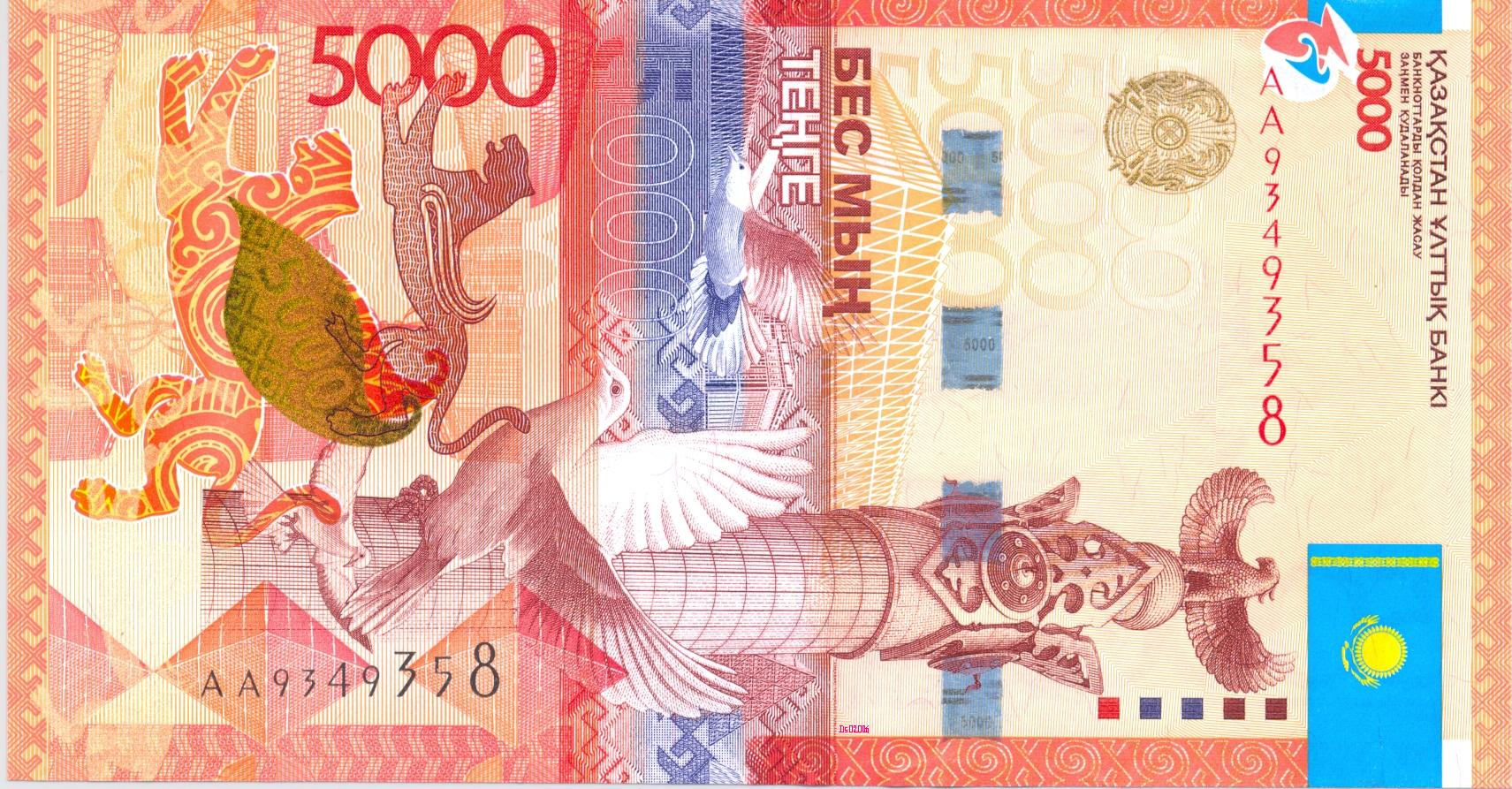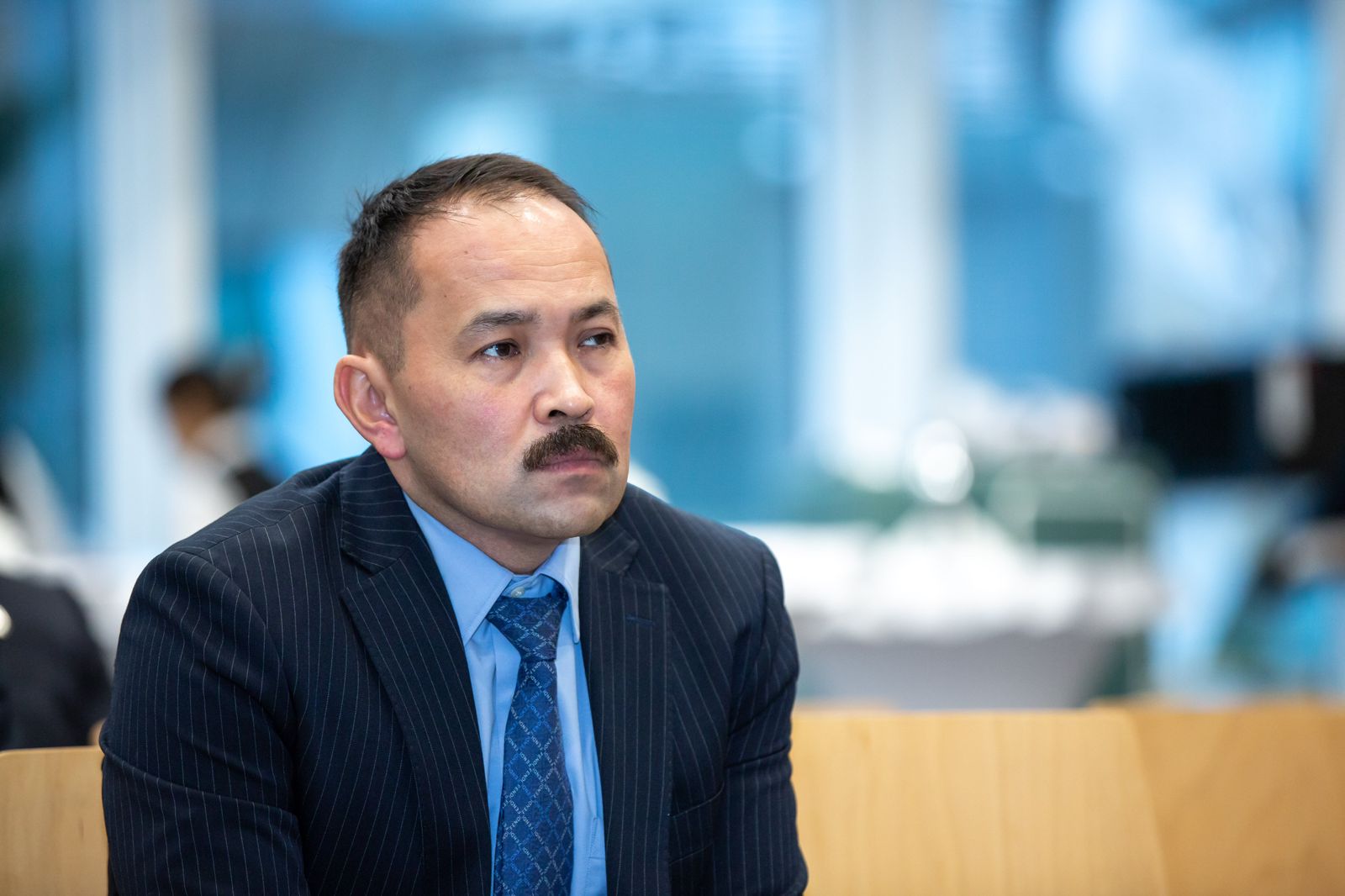After being severely tested by the pandemic in 2020-21, several thousand companies in Kazakhstan closed due to decreased demand and supply chain disruptions. Though the problems of local businesses began long before the pandemic, the two years of lockdown wiped out many good players and made those that survived more dependent on government orders and projects.
Overall, Kazakhstan has a primarily commodity-driven economy (crude oil, metals and petrochemicals account for the majority of export earnings), and the country’s economic fortunes have tracked the prices of a short list of major commodity exports.
Thus, the government finds it hard to diversify the economy. Oil price volatility affects the national currency, and the ups and downs in the tenge exchange rate versus hard currencies make it difficult to be in a business with an investment cycle longer than one and a half to two years, as you have lower revenues amid dollar investments. This is one of the reasons why launching long-term projects in the country is difficult when there are no guarantees of sales, while currency risks can hit any project.
The government has been active in attracting foreign investment, offering state support and protection, but only relatively recently did it begin to pay the same attention to the demands of domestic investors. However, this is only the beginning of a very long journey towards reducing dependence on imports and expanding the range of exports to stabilize the economy.
A debt-driven economy
The share of the private sector in Kazakhstan is difficult to measure. If we take SMEs (small to medium-sized enterprises) as the core of private business, in different years it fluctuates between a range of 20-30% of GDP. However, since state capitalism is entrenched in the country, even among SMEs there are contractors working for state and quasi-state structures, receiving funds from state companies and agencies.
One-hundred-percent private companies that do not depend on government contracts finance their operations from their own or borrowed capital. This is why, in a transparent economy like Kazakhstan’s, looking at loan data can reveal the main trends in business and which niches have not yet been occupied and could be interesting for investment by both foreign and local players.
It is best to look at the country’s economy through the loan portfolio of banks that are subject to international banking regulation, whose indicators meet an easily understandable standard.
There is a caveat: in Kazakhstan there is also the Development Bank of Kazakhstan, which is not included in the table below. It is technically not a bank, but rather a development institution financed from the quasi-public sector by Baiterek National Management Holding, which receives budgetary funds.
In addition, most extractive-industry companies in Kazakhstan – due to their high capital expenditures and the shallowness of the country’s financial market – raise funds in the U.K., Switzerland, the U.S. and Russia. Chinese banks rarely lend to 100%-Kazakh companies, limiting themselves to trade credits (in the form of equipment) or loans to joint ventures with Chinese participation. Thus, even though up to 80% of foreign direct investment in Kazakhstan goes to the extractive industry, it is not reflected in the below table.
The table below shows data from the central bank on the loan portfolio of the country’s banks, reflecting changes over the course of 2023.
Note: a USD/KZT exchange rate of 450 is used in this table
| Loans issued by Kazakh commercial banks in 2023 | Jan 1, 2024 ($ bln) | Jan 1, 2023
($ bln) |
y-o-y change
($ bln) |
y-o-y change (%) |
| Loans | 66.3 | 53.9 | 12.4 | 23.1% |
| Inter-bank loans | 0.3 | 0.2 | 0.1 | 24.9% |
| Reverse repo | 1.2 | 0.5 | 0.7 | 139.7% |
| Loans to non-bank legal entities and individual entrepreneurs (including nonresidents), excluding SMEs that are residents of Kazakhstan, incl.: | 10.7 | 9.7 | 1.0 | 10.7% |
| For the acquisition and construction of real estate | 0.3 | 0.3 | 0.0 | 0.0% |
| Other loans | 10.5 | 9.4 | 1.0 | 11.0% |
| Loans to non-bank legal entities and individual entrepreneurs – SMEs that are residents of Kazakhstan, incl.: | 17.0 | 14.2 | 2.8 | 19.9% |
| For the acquisition and construction of real estate | 0.8 | 0.6 | 0.1 | 23.5% |
| Other loans | 16.2 | 13.6 | 2.7 | 19.7% |
| Loans to individuals (including nonresidents), excluding loans to individual entrepreneurs for business purposes, incl.: | 37.1 | 29.3 | 7.8 | 26.7% |
| For the construction and purchase of housing, incl.: | 12.1 | 10.7 | 1.4 | 13.1% |
| mortgage loans | 11.8 | 10.3 | 1.5 | 14.2% |
| Consumer loans | 22.9 | 17.1 | 5.8 | 34.2% |
| Other loans | 2.1 | 1.5 | 0.6 | 37.5% |
The total loan portfolio grew 23.1% from KZT24,254.7 trillion to KZT29,853.7 trillion in 2023, which could indicate higher risks related to the quality of banks’ assets amid the expansion in lending. The president and the government have persistently tried to force banks to expand lending to businesses, but this is often impossible, otherwise banks could find themselves in violation of prudential regulation. Moreover, as long as banks can make a risk-free profit of 1-2% through treasury operations with government securities, an expansion of business lending is unlikely. Moving forward, in an attempt to boost risk appetite and awaken animal spirits, the regulator (in Kazakhstan this is the Agency for Regulation and Development of the Financial Market) plans to limit banks’ access to risk-free assets.
The growth of banks’ loan portfolio in 2023 was driven mostly by two lines: unsecured loans in the form of consumer loans and corporate loans to SMEs subsidized by the state fund, Damu, which subsidizes half the amount of at least half these loans. At the current corporate interest rate of 15-20% (in tenge), a business receiving a subsidized loan pays only 6-8%.
The growth in inter-bank loans and reverse repo, meanwhile, reflects heightened activity between banks and the use of tools for liquidity management, as they prefer to borrow locally rather than in the international capital market due to the high currency risks.
Finally, loans to legal entities and individuals (including consumer loans) rose significantly, especially in the retail segment, where mortgage and consumer loans increased by more than 35%.
There are obvious risks related to the rise in loans to individuals amid slow real income growth:
- If the creditworthiness of borrowers does not correspond with the rapid growth in consumer loans, this could lead to more nonperforming loans.
- The increase in mortgage loans may make the banking system more sensitive to market fluctuations, in particular to real estate price dynamics. Excessive state involvement in the mortgage market, especially through preferential mortgages, could eventually cause pain for households in the form of a shortage of free funds and therefore make retail lending more attractive for banks.
Banks have yet to release local earnings, meaning we still do not have a sector breakdown of loans, but in previous periods most loans went to the trade sector (retail and wholesale trade) – usually import distributors (distributing everything from consumer goods to food products) – while working capital loans to producers ranked second. Mortgages and loans to other spheres usually come in third and fourth, respectively.
The main sector that banks lend to – directly and indirectly (through consumer loans) – remains trade. Against this backdrop, in 2022-23 the president and the government promised cheap raw materials and subsidies to local producers, as well as special support measures for those who invest in the processing of commodities (oil and gas, metals, agriculture, etc.). For this reason, in 2024 banks’ loan portfolio will most likely swing toward production and processing, for which the government is ready to allocate billions of dollars in subsidies.
For this and other purposes, in August 2023 the Kazakh state pension fund allocated KZT1.5 trillion (about $3 billion) so that construction of new production facilities could commence in 2024. Of the Central Asian countries, Kazakhstan spends the most money (in relative and absolute terms) to support local production, and this year we should see the first results.
Rassul Rysmambetov is an Almaty-based expert in distressed assets.




